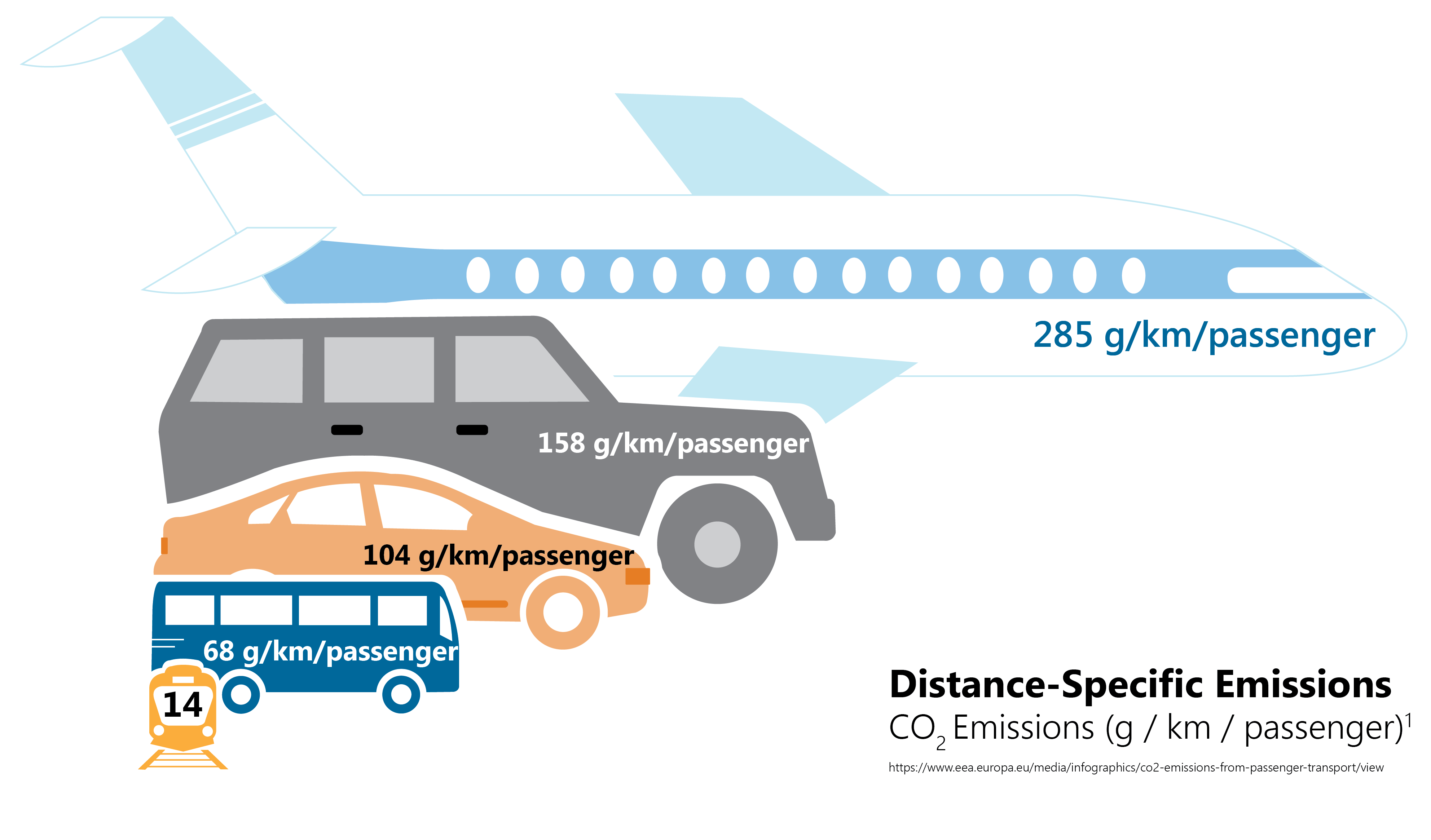
The Sky's The Limit - Electrifying Aviation
In 1962, the American Broadcasting Company debuted a prime time cartoon about a family living in a distant space age. In addition to a robot maid and a talking dog, a defining aspect of George and Jane Jetsons’ day-to-day life was their flying cars. Nearly 60 years later, we haven’t quite cracked flying car technology yet, but more and more people are flying every year in commercial aircraft. In 2017, this led to the U.S. consuming nearly 3.5 quadrillion BTUs (quads) of jet fuel, and commercial air travel accounting for nearly 175 million metric tons of CO2 equivalent in the U.S. - or about 2.6% of domestic greenhouse gas (GHG) emissions.
Here at ARPA-E, we’re constantly looking for new white space where we can innovate American energy technologies to increase efficiency and decrease emissions. How people get around has always been an area of interest to us. For instance, we’ve launched programs focused on developing transportation technologies that use smart connected vehicles or alternative power sources and storage technologies for electric motors. Now, our Program Directors are looking at developing transportation programs in a different space – one that has required them to look to the sky.
Commercial airline energy usage and emissions burdens have been growing steadily in past decades, and so have the number of yearly airline passengers. The vast majority of passenger aircraft that create those emissions are narrow-body, single aisle class. As passenger demand is anticipated to grow at a 4.7 compound annual rate, emissions from aircraft use are expected to continue to increase as well.
When comparing passenger-distance-specific CO2 emissions from different transportation types, recent estimates place air travel at nearly double that of any other individual widely used transportation source, including by rail, bus, car, or van/SUV[1]. Reducing passenger aircraft emissions presents a great opportunity for increasing the per-passenger efficiency of this mode of transportation, and ability to reduce emissions at a wide scale, given the broad commercial passenger use of these aircraft.

If you attended our annual ARPA-E Energy Innovation Summit this past July, you may have heard some talk of this and the emissions-reducing and efficiency potential that electric aviation energy technology poses. To learn more about these ideas, check out our fast pitch sessions – specifically those by ARPA-E Program Directors Dr. David Tew and Dr. Isik Kizilyalli – for more insight into the potential this space holds, and stay tuned for what the future holds for electric aviation at ARPA-E!
[1] https://www.eea.europa.eu/media/infographics/co2-emissions-from-passenger-transport/view
